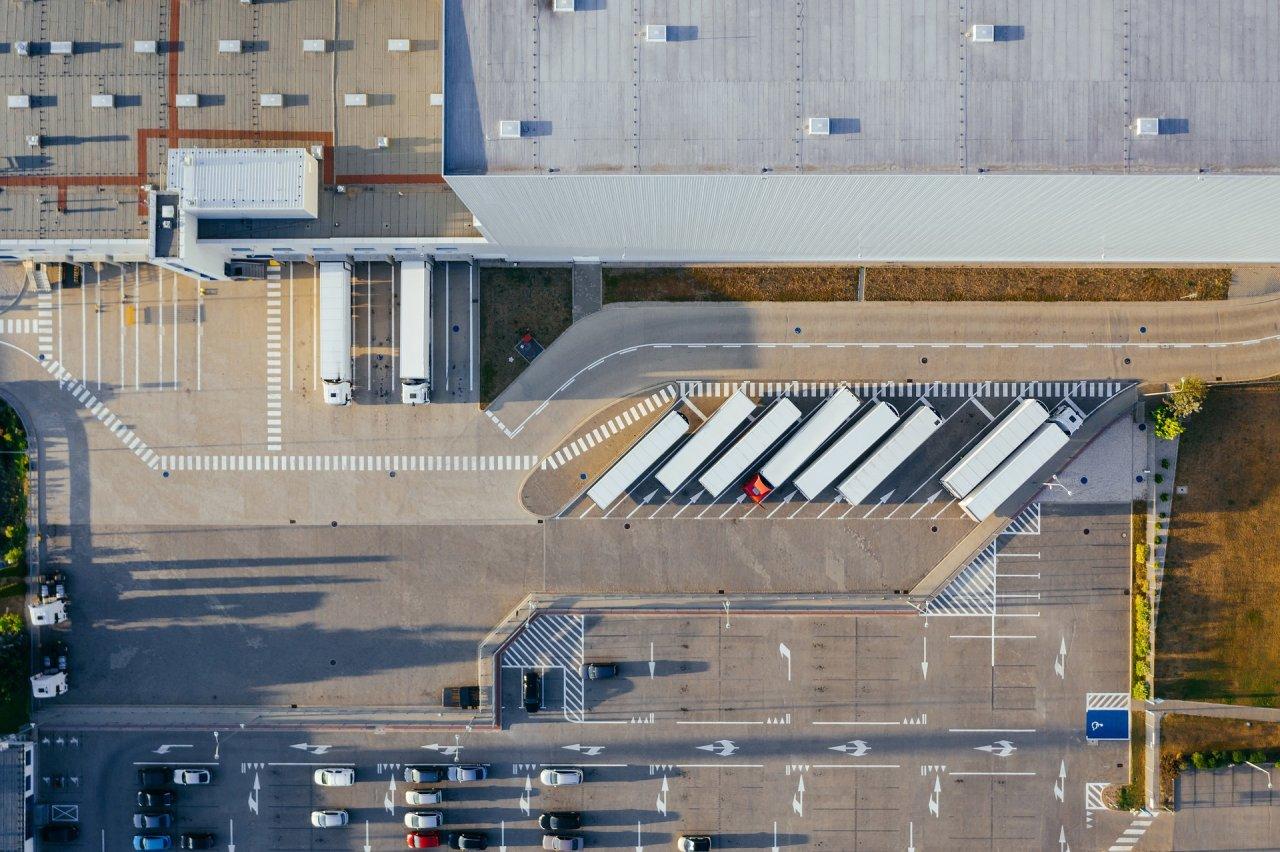Czech industrial real estate market is growing at a record pace
The Czech branch of Colliers, published a survey of the industrial market for the first quarter of 2022. The growth of the market and the recovery of industrial production were not stopped even by outages in the supply chains. This quarter also continued to see a sharp rise in rents in almost the entire country. The market for industrial premises will continue to grow, but over the year the full effects of the war in Ukraine will be felt and construction may slow down slightly.
The Czech industrial market grew at a faster pace than previously in the first quarter of 2022 and stopped just below the 10 million sqm milestone. "Already in Q1 2022, we saw this trend ascending. 22 buildings were completed in the Czech Republic, adding 306,600 sqm of modern industrial space across the regions. This result is 71% higher than the 5-year average completions in the first quarter and a 106% increase yo-y," says Josef Stanko, an analyst at the consulting company Colliers. The number is almost surprisingly high, considering that a lot of the expected new development for Q1 2022 had to be postponed due to supply chain issues. Development in the Czech Republic finally seems to be catching with the hunger for new space in the market. The highest share of completions was in the Moravia-Silesia region, followed by the Pilsen region and Greater Prague region.
Vacancy and rental prices have risen:
Despite high demand in this year's first quarter vacancy slightly increased by 47 bps to 1.76 %. The highest vacancy was in the Olomouc and Pilsen regions, the lowest, as usual in around Prague and Brno. Even a large number of newly completed projects did not reverse the sharp increase in rents in most of the Czech Republic. The highest achievable rent was recorded in the Greater Prague region at €6.40 sqm/month, but some special offers reached even €8.00 sqm/month. In the other regions, rents rose as well to €5.20 sqm/month. Typical service charges range between €0.65- 1.00 per sqm/month.
Logistics and production predominated in demand:
Gross take-up totalled 724,300 sqm in Q1 2022, just below the record amount that was reached in Q1 2021. Although net take-up increased year-on-year, it decreased by 15 % quarter-on-quarter and reached 384,100 m2. Renegotiations held the highest share of activity, followed by preleases and new leases. The Greater Prague region saw the most activity, followed by the Pilsen region. Leases were dominated by logistics and production tenants this quarter, showing a diminished role of e-commerce tenants in the first quarter (compared to 2021).
"The surprise growth was in the automotive sector, where demand grew by 147 % y-o-y in Q1 2022. So far in Q1, tenants from the sector have already leased 69 % of the space that was leased by automotive tenants for the whole of 2021," says Josef Stanko and adds: "However, although the automotive industry has recovered from the problems caused by the coronavirus pandemic, we expect further strains caused by the war in Ukraine on the automotive supply chain remain to be seen later in the year."
Outlook to 2022:
The modern industrial and logistics market in the Czech Republic will rapidly expand in 2022. „At the end of Q1 2022, more than 1.2 million sqm of industrial space was under construction. If no delays occur, the total Czech industrial stock could reach another milestone and hit 11 million sqm by the end of the year. Developers seem increasingly open to pursuing speculative construction, as the market is able to absorb almost all new development,“ explains Josef Stanko. However, the full effects of the current supply chain crisis in the Chinese ports and the war in Ukraine will only show later in the year and might potentially slowdown the pace of construction. We will also be closely monitoring the rising costs, how they translate into the pace of rising rents, and the sensitivities of occupiers to these conditions. The market will also be affected by ESG and Green Deal. Many large developers are already conscious of the pressure coming from the legislature and occupiers and are trying to prepare their portfolios ahead of time. They are looking for alternative sources of energy and electricity for their older assets and as materials become scarcer also for recycled materials with a lower carbon footprint.









